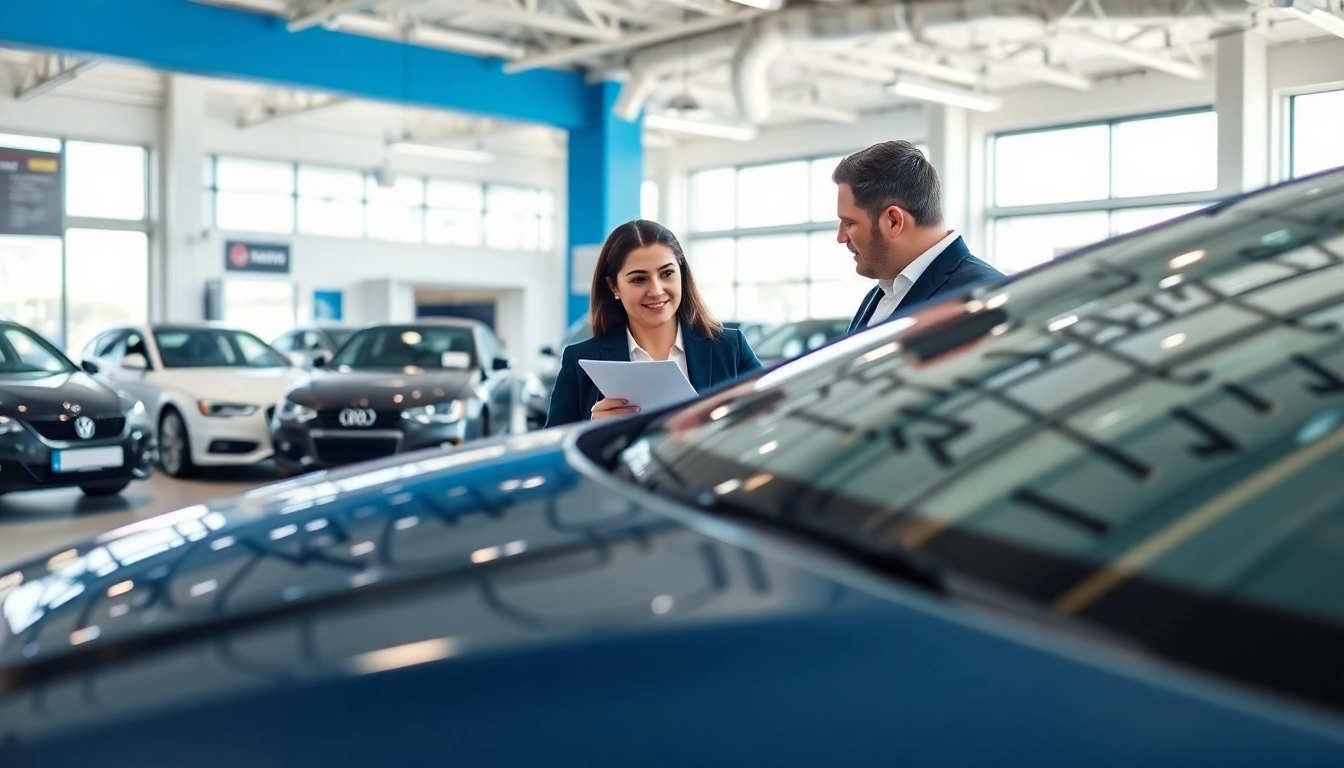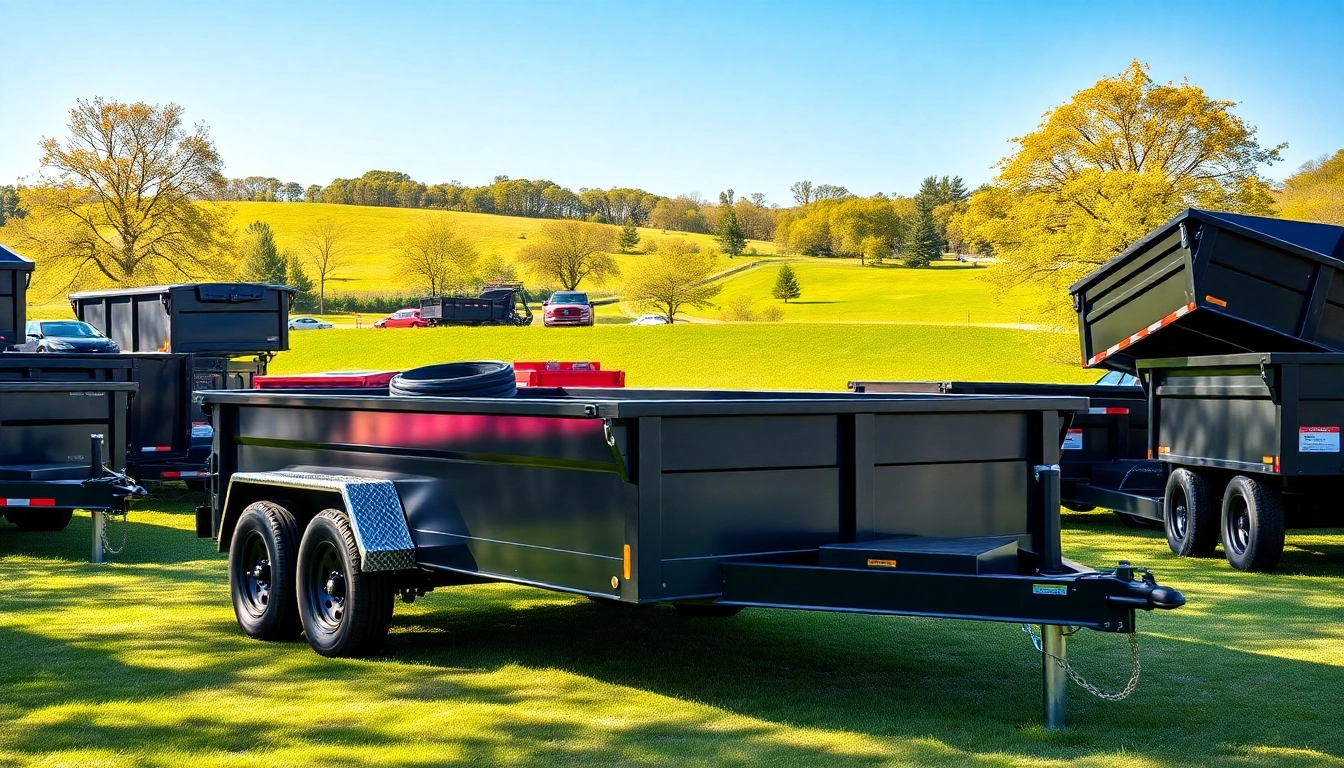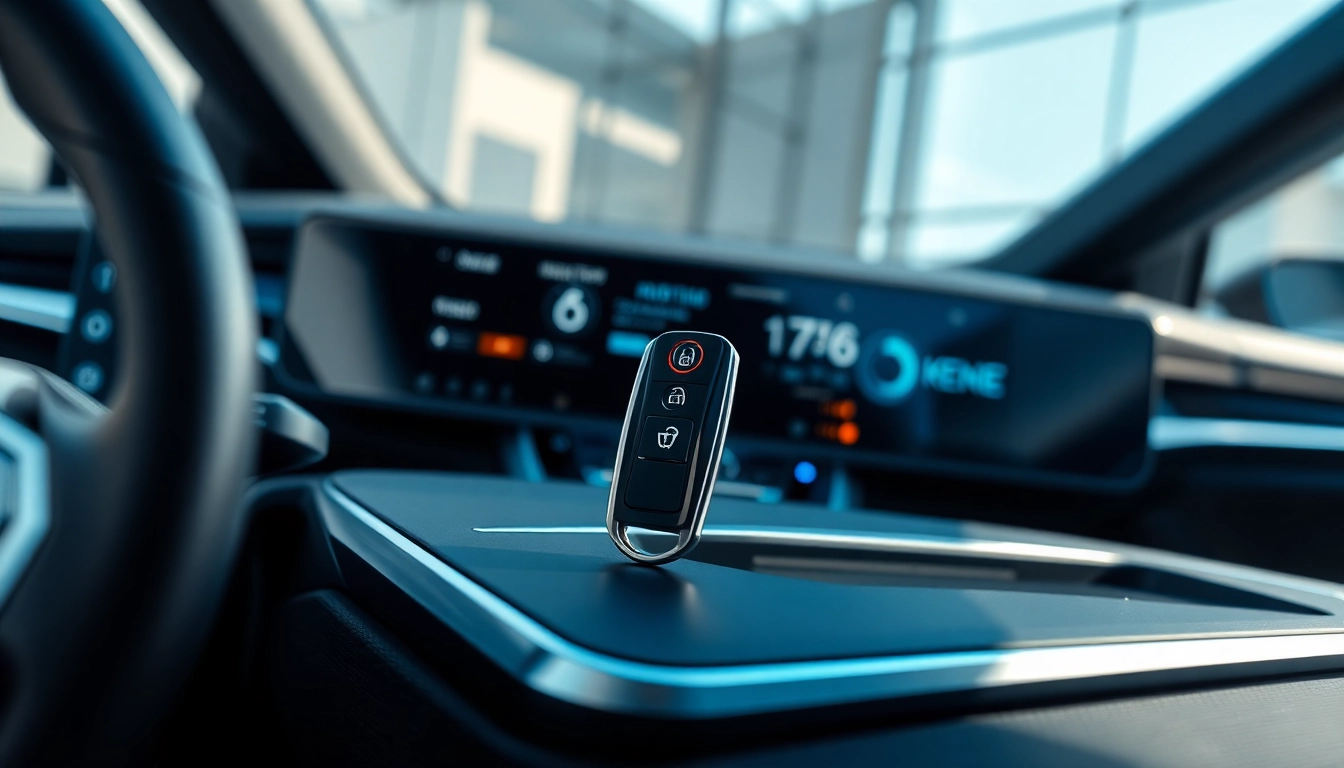Understanding Part Exchange
Definition of Part Exchange
Part exchange refers to a transaction where an individual trades in their existing item, usually a vehicle, as part payment towards a new purchase. This method is commonly utilized in various sectors, particularly in automotive sales and real estate. With part exchange, the value of the old item is deducted from the price of the new one, streamlining the purchasing process. For example, when buying a new car, the dealership may accept your old car as part of the payment, making it a convenient option for many buyers. For those exploring this option, our Part Exchange services can offer valuable insights and assistance.
How Part Exchange Works
The part exchange process is generally quite straightforward. Initially, the buyer approaches the seller (often a dealership) with their existing vehicle. The dealership will evaluate the car’s condition, market demand, and any outstanding finance before providing a trade-in offer based on these factors. This offer will be deducted from the total price of the new car that the buyer wishes to purchase, effectively reducing the cash amount required to complete the transaction.
The primary steps involved in part exchange include:
- Vehicle Evaluation: The dealership assesses the vehicle’s make, model, age, mileage, and condition.
- Trade-In Offer: Once assessed, the dealership provides a value for the vehicle.
- Negotiation: Buyers may negotiate the offer based on their preferences.
- Finalizing the Deal: Upon agreement, the value of the old vehicle is deducted from the new car’s price, and the sale is completed.
Benefits of Part Exchange
There are several advantages of opting for part exchange, including:
- Convenience: It simplifies the buying process, eliminating the need for private sales.
- Immediate Savings: The value of the traded vehicle is applied directly to the cost of the new purchase.
- Less Hassle: Buyers avoid the complexities involved in selling a vehicle independently, such as advertising, meeting potential buyers, and negotiating prices.
- Time Efficient: The entire process, from evaluation to trade-in completion, can be executed in a shorter timespan than selling privately.
Evaluating Your Vehicle for Part Exchange
Assessing Market Value of Your Car
Before heading to a dealership for a part exchange, it is essential to understand the market value of your car. Numerous resources can provide insights, such as online valuation tools, car-selling platforms, and dealership offers. Researching platforms like Kelley Blue Book or Autotrader can assist in determining your car’s fair market value based on similar listings in your area.
Consider factors that influence a car’s value:
- Brand and Model: Some brands retain value better than others.
- Condition: The car’s physical and mechanical condition significantly impacts its worth.
- Mileage: Generally, lower mileage vehicles are valued higher.
- Market Demand: Seasonal demand can affect pricing in certain markets.
Preparing Your Vehicle for Valuation
Proper preparation of your vehicle before a valuation can enhance your chances of receiving a favorable offer. Here are some steps to follow:
- Clean the Interior and Exterior: A clean car gives a positive first impression.
- Perform Minor Repairs: Address small issues such as scratches, dents, and replacing burnt-out bulbs.
- Gather Maintenance Records: Providing documentation of regular maintenance can reassure the dealer about your car’s history.
- Conduct a Pre-Inspection: Consider having a trusted mechanic check for any major issues before visiting the dealership.
Common Mistakes to Avoid During Evaluation
To ensure a smooth part exchange process, avoid these common pitfalls:
- Overestimating Your Car’s Value: Being realistic about your car’s worth is crucial.
- Neglecting Repairs: Minor issues can create a negative impression affecting the offer.
- Focusing Solely on Online Estimates: Always visit multiple dealerships to understand what local buyers are willing to offer.
- Rushing the Process: Take your time to ensure you get the best value for your vehicle.
The Part Exchange Process Explained
Steps Involved in Part Exchange
The part exchange process generally consists of several key steps:
- Research: Start with researching potential dealerships where you might want to part exchange your vehicle.
- Contact Dealerships: Reach out to your chosen dealerships and inquire about the part exchange process.
- Book an Appointment: Schedule an evaluation appointment for your vehicle.
- Vehicle Assessment: During your visit, the dealership will assess your car and provide their offer.
- Negotiate Offer: Feel free to negotiate the trade-in value if you believe it can be improved based on your research.
- Paperwork: Finalize the exchange with requisite paperwork, including any financed balance if applicable.
- Driving Away: After completing the paperwork, you’ll drive away in your new vehicle!
Required Documentation for Part Exchange
When preparing for a part exchange, ensure you have the following documents readily available:
- Vehicle Title: Establishes ownership.
- Registration Documents: Proves the vehicle’s legal registration.
- Service Records: Documents confirming maintenance history.
- Insurance Information: Benefits both parties and clarifies status.
- Personal Identification: Valid ID helps facilitate the transaction process.
Negotiating the Best Deal
Negotiation is a critical step in maximizing the value you get from your part exchange. Here are some strategies to consider:
- Research Preceding Visits: Have a clear understanding of your vehicle’s market value.
- Be Prepared to Walk Away: If the offer doesn’t meet your expectations, standing firm can encourage more favorable terms.
- Highlight Your Car’s Strengths: Use the information from your assessment to advocate for a better price.
- Listen to Offers: Understand the dealership’s perspective; see why they are offering a specific amount.
Comparing Part Exchange with Other Selling Options
Part Exchange vs. Private Sale
Deciding whether to part exchange or sell privately depends largely on individual circumstances and preferences.
When selling privately, the owner typically enjoys a higher sale price, as dealerships usually add a markup to cover their costs. However, private sellers also face the challenges of time, effort, and potential scams. Alternatively, part exchange expedites the process, but the transaction value may be lower overall.
Part Exchange vs. Trade-In
It’s essential to differentiate between part exchange and trade-in. While both involve trading in an old vehicle towards a new purchase, part exchange typically refers to a contractually formalized method often overseen by dealerships, while trade-ins can happen informally between individuals or businesses. Part exchange offers clearer terms and legal safeguards, whereas trade-ins can sometimes be less structured.
Pros and Cons of Each Method
When considering which method is best suited for you, assessing the pros and cons can be advantageous:
- Part Exchange:
- Pros: Convenient, quick transaction, immediate offer.
- Cons: Possible lower value compared to private sales.
- Private Sale:
- Pros: Higher potential sale price, more control over the transaction.
- Cons: Time-consuming, requires effort to market and sell.
- Trade-In:
- Pros: Straightforward process, often part of a larger purchase transaction.
- Cons: Similar to part exchange, potential undervaluation.
Tips for a Successful Part Exchange Experience
Finding the Right Dealer for Exchange
Selecting a reputable dealer is crucial for a successful part exchange. Research local dealerships, read reviews, ask for recommendations from friends or family, and consider visiting several locations to compare offers. Establishing a relationship with the dealer can also foster goodwill, potentially leading to better deals.
Timing Your Part Exchange
Timing can significantly impact the value offered for your vehicle. Factors to consider include:
- Market Trends: Research when demand for certain vehicles peaks.
- Your Car’s Condition: Optimal timing can allow you to present your car in its best possible condition.
- New Model Releases: Often, dealerships want to clear out older inventory for newer models.
Maximizing Trade-In Value
To obtain the highest trade-in value when opting for part exchange, follow these best practices:
- Maintain Your Vehicle: Regular maintenance can help preserve the car’s value.
- Detailing: A clean, well-maintained vehicle enhances visual appeal and perceived value.
- Timing the Sale: Be aware of market conditions and trends to decide the best time to initiate a part exchange.
- Documentation: Ensure all relevant documents are organized to showcase responsible ownership.



